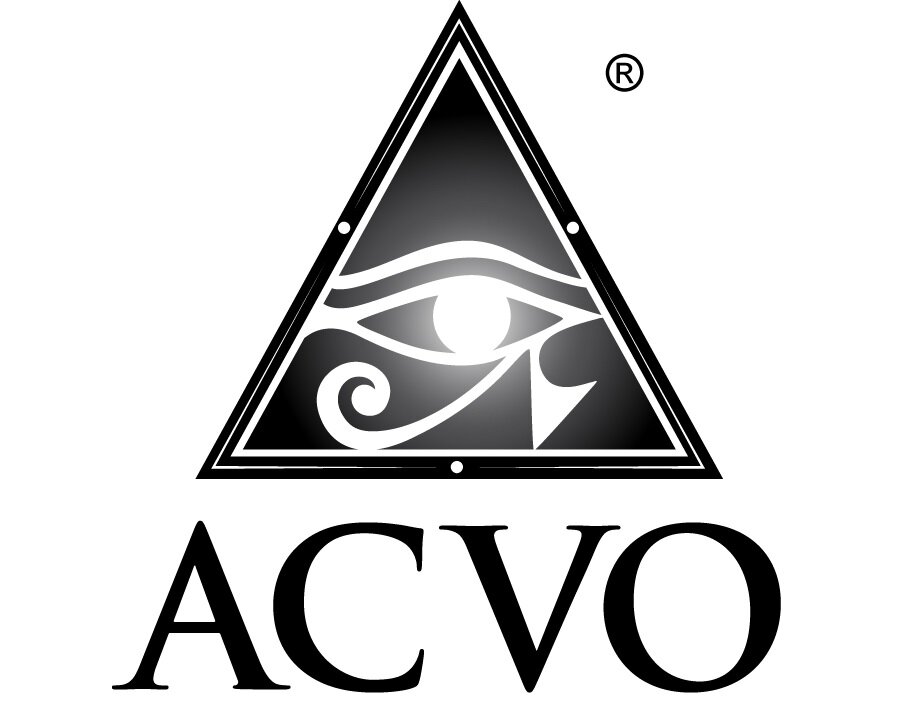CHERRY EYE – SHOULD IT STAY OR SHOULD IT GO?
Elizabeth Lutz, DVM, MS, DACVO
“Cherry eye” is another way of saying that there is a prolapsed (stuck out) gland of the third eyelid. This prolapsed gland is the main tear producing gland for the eye, and produces between 40—60% of the tear film. When the gland becomes prolapsed, the ductules that normally release the aqueous (watery) part of the tear film become bent in half like a kinked garden hose, and the gland becomes chronically exposed to air. This often allows the gland to take on a swollen, congested, and very red appearance, which is how this condition has earned the name "cherry eye." Although the underlying cause for this condition is not completely understood, there appears to be a definite genetic component in several breeds, including the English Bulldog, Beagle, American Cocker Spaniel, Lhasa Apso, Pekingese, Mastiff, Poodle, any brachycephalic ('flat-faced') dog, and the Burmese cat. However, any dog or cat breed can be affected. Prolapse of the third eyelid gland can be unilateral or bilateral, and if both eyes are affected, they may not be affected at the same time. Most dogs affected by a third eyelid gland prolapse experience initial prolapse of the gland between 1—2 years of age.
It is believed that prolapse of the third eyelid gland occurs secondary to a congenital weakness of the anchoring tissues of the gland (meaning that affected animals are born with this abnormality, but that this abnormality may or may not be genetic). Once this connective tissue attachment has broken down, the connective tissue cannot be replaced. However, it is of critical importance for the health and comfort of the affected eye(s), as well as for the vision of the affected eye(s), to return a prolapsed gland to its normal anatomic location.
Ideally, a prolapsed gland should never be excised or removed, as this can immediately result in permanent dry eye (called keratoconjunctivitis sicca or KCS), as the third eyelid gland is the main tear producing gland of the eye. Additionally, standard tear stimulant medication that is used to treat dry eye almost always requires the presence of the third eyelid gland in order to work, and without the third eyelid gland in place to receive medications, secondary complications can lead to blindness in the affected eye(s), and even loss of the eye.
Surgical replacement of the prolapsed third eyelid gland is absolutely required in order to attempt to restore normal health to the third eyelid gland and secondarily to the eye. Several different surgical procedures can be used to replace a prolapsed third eyelid gland. The Morgan pocket imbrication technique is typically the surgical procedure of choice, as this procedure allows for the best return to normal anatomic function with least damage to the tear ductules. This procedure is sometimes combined with a third eyelid cartilage tacking technique (the intranictitans tack) for increased stability of the gland. Other procedures that tack or 'anchor' the gland to an extraocular muscle, the periosteum (bony membrane) of the orbital rim, or even the sclera (the outer shell of the eyeball itself) are ways to correct a prolapsed gland, but can restrict the mobility of the third eyelid gland, and can be somewhat more invasive. The ultimate choice of surgical repair method is decided upon by the surgeon at the time of surgery, when deep tissues can be thoroughly evaluated when your pet is relaxed and asleep.
Many (but not all) animals who have a prolapsed third eyelid gland may also have a concurrent third eyelid cartilage abnormality that may have predisposed or contributed to the prolapse of the gland, or may have been caused by the prolapse of the gland. If a cartilage deformity is left untreated, the risk of gland prolapse recurrence becomes greater than normal.
Additionally, many (but not all) animals who experience a prolapse of the third eyelid gland also have a condition known as macroblepharon, meaning that the length of the eyelids are abnormally excessive. Without proper tension between the eyelids and the eyeball, a previously prolapsed third eyelid gland is more likely to re-prolapse in the future. Therefore, if macroblepharon is noted prior to surgery, eyelid length should be corrected as a preventative measure for BOTH eyes. This does not change the appearance of the face, but often helps to eliminate issues of re-prolapse, and helps to improve long-term ocular health.
Following surgical replacement of a prolapsed third eyelid gland, there is FOREVER a risk for the development of dry eye. The risk for future development of dry eye is greatest in animals who have experienced CHRONIC prolapse of the gland prior to surgery, and in breeds that are otherwise genetically predisposed to the development of dry eye. Therefore, it is important that tear production is assessed in both eyes at least twice yearly by a veterinarian.
Success rate following surgical repair of a third eyelid gland prolapse with a veterinary ophthalmologist is approximately 92%, meaning that recurrence following surgery is less than 8%, and success is generally made even greater by proper post-operative recovery.

